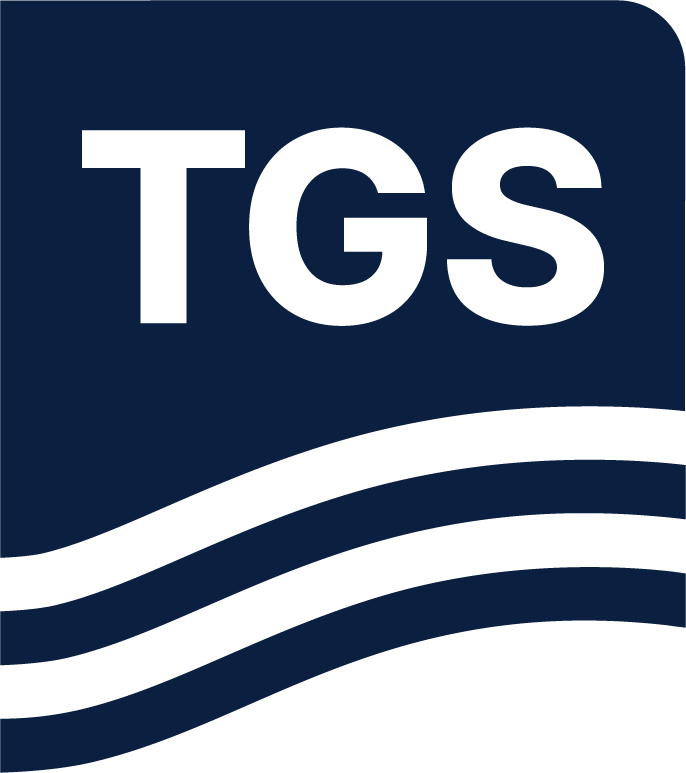Paper Summary
Recent large sub-salt discoveries in east Mediterranean waters have steered the focus on imaging beneath complex salt structures, where the main challenge is to correctly illuminate the sub-salt section. This involves optimizing acquisition parameters as well as building an accurate subsurface geological model. Only limited regions in the east Mediterranean are covered by multi-azimuth surveys; most of the 3D surveys available are narrow-azimuth. A lack of data diversity degrades the imaging of sub-salt zones even when using accurate subsurface models. Optimal model building for depth imaging involves the application of many complimentary imaging technologies to mitigate assumptions in any singular process. Illumination issues in the east Mediterranean are primarily caused by the complex interaction of shales and salt. The geometry of the salt layer and the velocity contrast across neighboring lithologies determine the illumination and imaging quality beneath the salt layer. Using accurate interpretation of the top and base salt, and inserting a reliable velocity in the model, enhances the sub-salt imaging. This work focuses on the salt layer model building in three zones across the east Mediterranean Sea and the optimization of the salt/shales, and salt/carbonates velocities to enhance the sub-salt imaging and improve the reliability of amplitude data.

